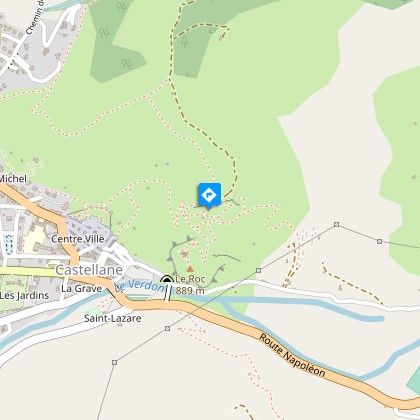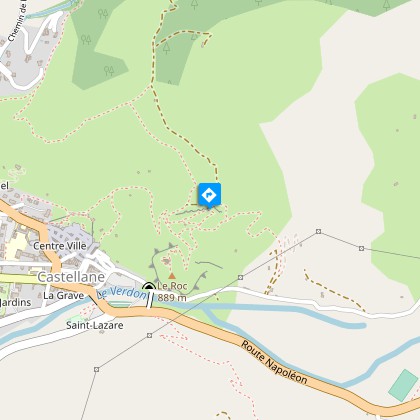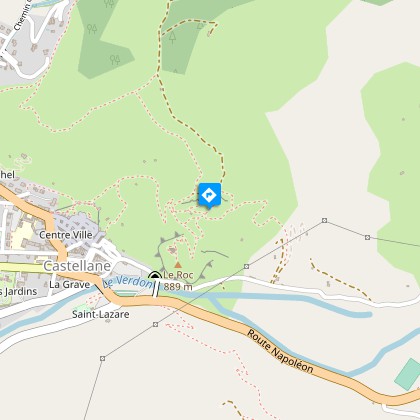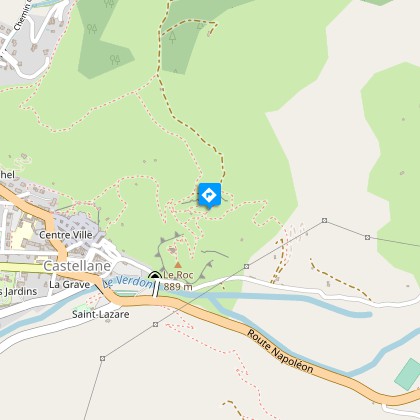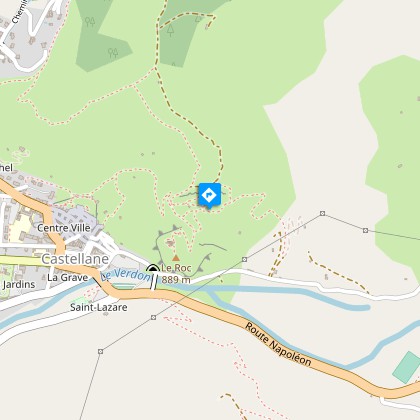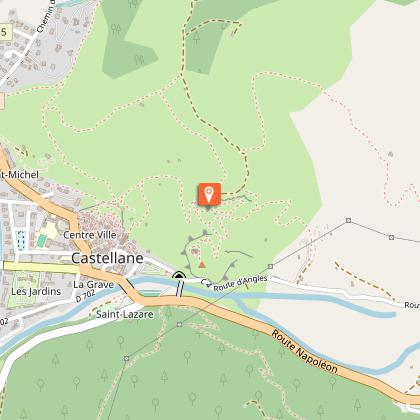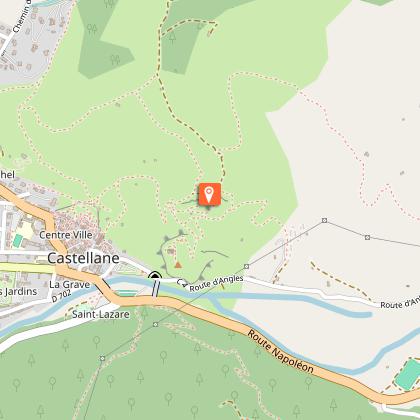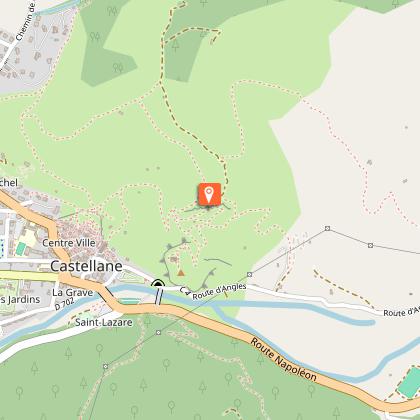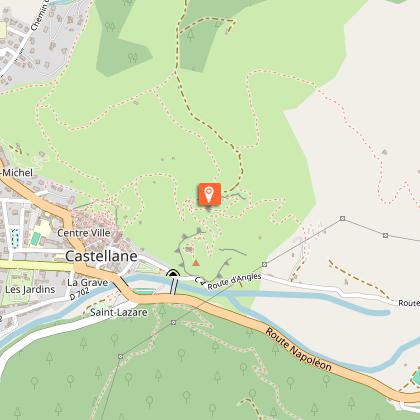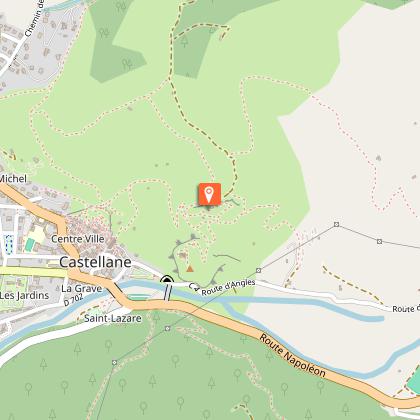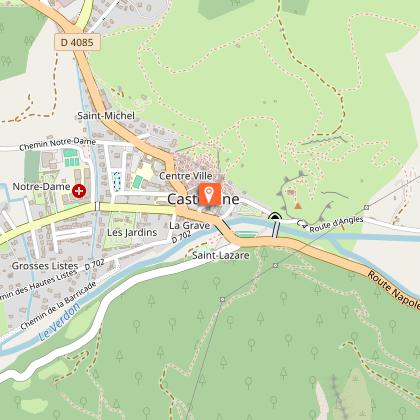Alert
Alerts
Site archéologique Petra Castellana
IGN cards
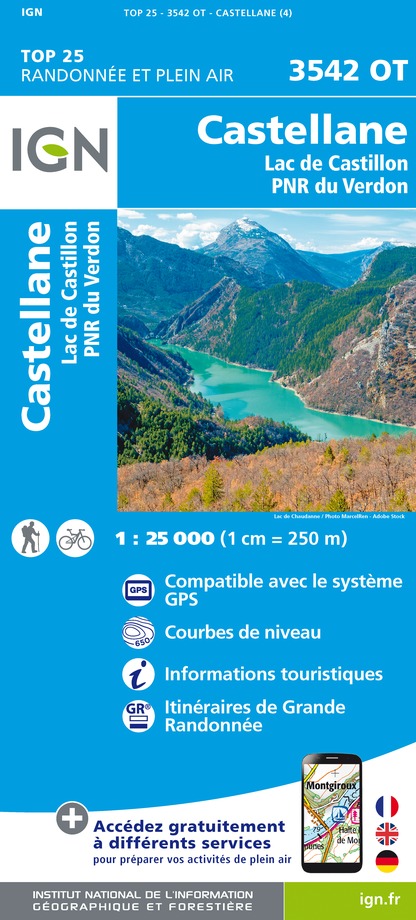


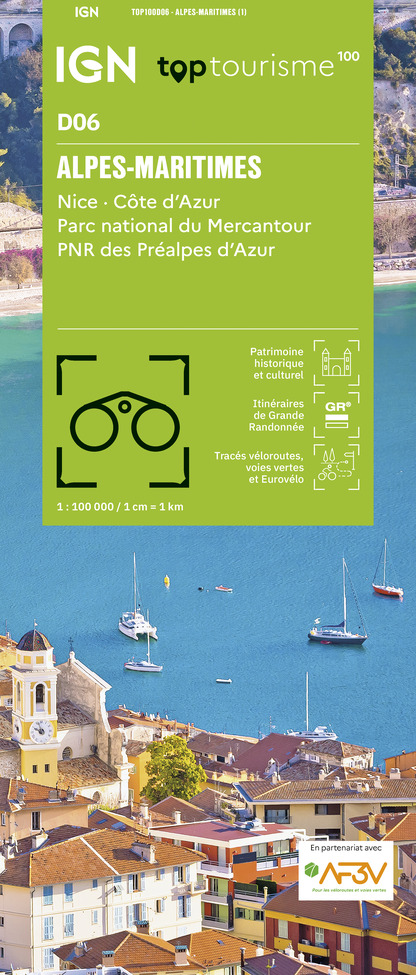
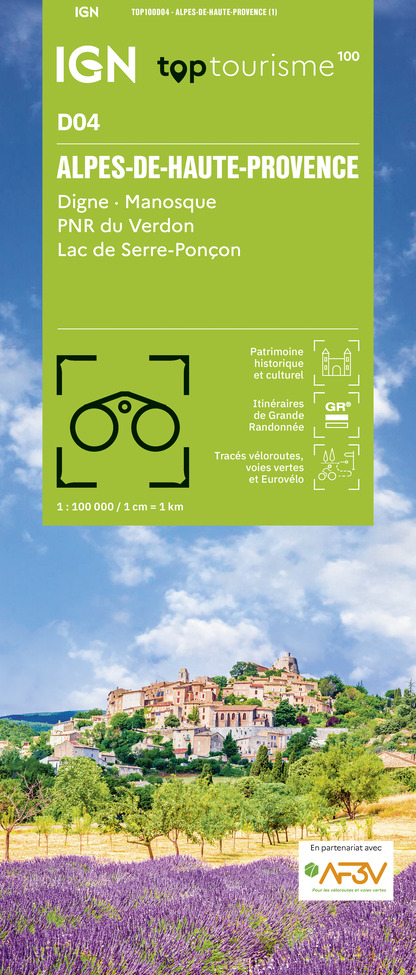

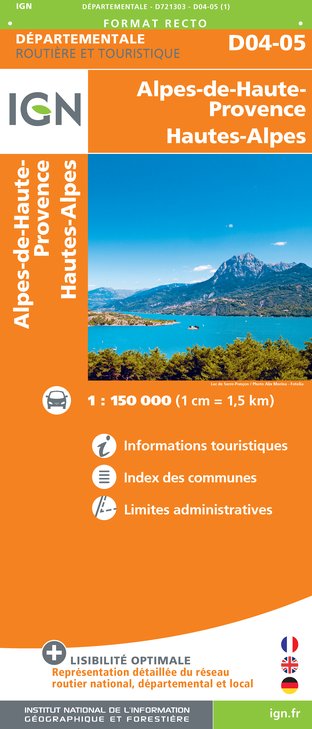

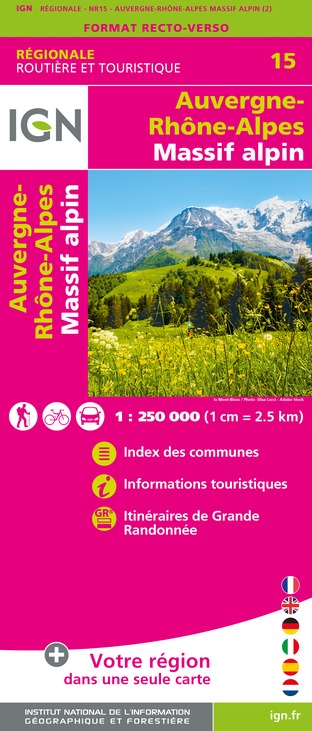
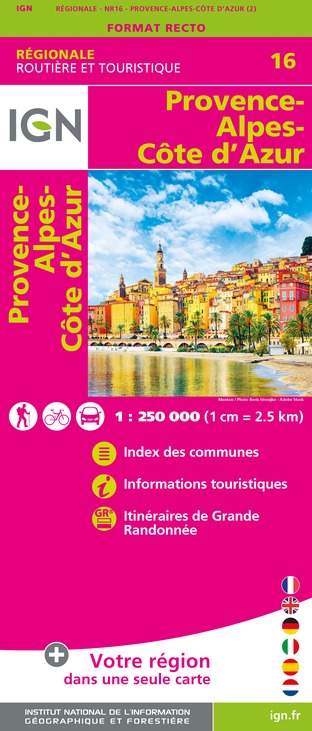


Description
The origins of the Petra Castellana archaeological site date back to the 11th or 12th century. In the Middle Ages, it was a fortified town founded by the Lords of Castellane.
From the end of the 13th century onwards, the city was gradually abandoned, with the inhabitants preferring to live in the Bourg, where Castellane now stands. Ramparts, towers, a church and agricultural terraces are all still visible on the Petra Castellana site.
Technical Information
Altimetric profile
Starting point
Steps
Points of interest
Additional information
Updated by
Castellane Tourisme - 13/12/2025
www.castellane-verdon.com
Report a problem
Contact
Phone : 04 92 83 19 23
Email : petracastellana@free.fr
Type of land
Rock
Ground

